Blue Orchid Massage
|
Knife Massage Knife massage originated in China over 2,000 years ago. Legend says that monks in the Han and Tang Dynasties practiced a technique known as "knife treatments". These techniques were later introduced to Japan. A knife treatment session generally lasts 20-40 minutes, depending on the seriousness of the client's illness. It's important to remain perfectly still, making it unsuitable for children. The therapist starts by preparing the cleavers on a wet stone and rubbing iodine over the blade. The therapist can use the sharp edge, blunt edge, or side of the cleaver to perform the massage. The trick is to bring down the cleaver with just the right amount of force and to not push or pull once the cleaver has contacted the skin. Knife massage is said to release static energy, increase blood flow, and wash away harmful toxins, leading to self-cure. Bite Massage Developed by massage therapist Dorothy Stein, or Dr. Dot. The sessions start with Dorothy biting her clients backs and buttocks before rubbing lotion on the skin and moving to a more traditional massage. In Dorothy's own words: "I take big bites, obviously not firm enough to break skin, but firm and deep enough to grab and tenderize the back muscles, warming them up for the real rubdown that follows." She first started at the age of 5 when her mother asked her to massage her back. Her hands weren't strong enough so her mom encouraged her to bite her for deeper pressure. If you want to experience the bite massage, you might be out of luck. A disclaimer on Dr. Dot's website states: "No one on Dr. Dots whole team offers or does the Bite Massage. This is just a modality that Dr. Dot herself developed and does for close friends." Face Slapping and Massage Boxing Offered by Thai massage therapists Mawin and Tata New Series World located in San Francisco. Face slapping and massage boxing are not considered a part of traditional Thai massage. Less than 100 years old, this technique was developed by Kung Khemika Na Songkhla in Thailand. Mawin and Tata were 2 of 10 students to be taught this method of skincare slapping and boxing. The technique is said to increase circulation, unblock energy, and stimulate the anti-aging process. A 15 minute session costs $350 or 4 for $1,000. Face Slapping Natural Snake Massage Sure to make some people's skin crawl, this massage is offered in Indonesia, Thailand, the Philippines, Israel, South Africa, Germany, and Russia. A combination of big and small snakes will slither across your body, squeezing your skin and muscles, hopefully to your relaxation. The snakes are washed and dried before each 15 minute session. Thankfully, the snakes have their mouths taped shut and are always well fed before going to work. The different sizes of snakes are able to achieve different intensities in pressure, in the same manner as your therapist would during a regular massage. Fire Therapy Fire therapy, also called "huo liao", originated in Tibet and has been practiced for hundreds of years. The therapy uses the same principles as acupuncture and fire cupping. It's believed to relieve stress, increase circulation and treat a range of medical conditions. The technique involves placing a "fire rope" made out of 20 different Chinese herbs on the client's body. This rope is then covered by plastic wrap and wet towels to protect against the heat. The therapist will then pour alcohol on top and set it alight. Your therapist will stay close by with a wet towel to extinguish the flame if it becomes too hot. This procedure must be performed three times. Fire therapy professionals stress the importance of the following safety procedures: 1. Fire must occur at the correct acupuncture point. 2. There must be a wet towel held by your therapist right next to the open fire. 3. Contact must be maintained with the client as all times. 4. Fire must be extinguished immediately if the client believes it's too hot. You Might Also Like: Most Common Story: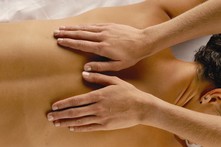 In 1813, Per Henrik Ling (1776-1839) opened the Royal Gymnastic Central Institute in Stockholm. He developed a system that incorporated manual therapy, physical training, and gymnastic procedures with knowledge of anatomy, physiology, and pathology. These techniques were called the Swedish Movements or the Swedish Movement Cure and became the foundation of Swedish massage. The Swedish Movement Cure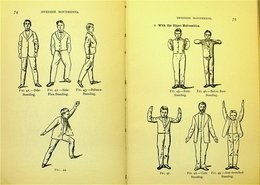 Swedish movements; Ostrom, p. 76, 77 Swedish movements; Ostrom, p. 76, 77 While traveling Europe, Ling learned to fence. He noticed the repetitive and one-sided motions were having negative effects on his body. To balance his physical activity, he started to incorporated gymnastics into his health regime. He was able to relieve his chronic elbow pain and began to study anatomy and physiology and developing Swedish Gymnastics. The Swedish Movement System included 3 classifications of movements: Active - Activities in which patients exercise or move their own body Passive - Movements required patients to be relaxed and have either their bodies moved by an attendant or received manipulation by the attendant. Duplicated - Requires work from both the patient and the attendant. The attendant will physically resist the patient's effort to move. Where It Gets MurkyThere is controversy around whether the Swedish Movement included massage as a therapy. We do know that Ling's techniques are the foundation for modern day physical therapists and he is known as the "Father of Physical Therapy". While there was a hands-on relationship between therapist and patient, the techniques had little resemblance to a modern day Swedish massage. 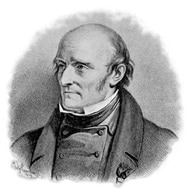 Pehr Henrik Ling Pehr Henrik Ling Ling wrote that friction, kneading, stroking, cupping, and clapping were to be included within his exercise system, though he never referred to it as massage or rubbing. George Taylor, M.D., writing in 1885, used the terms "clappings, knockings, stroking, kneading, pullings, shakings and vibratings" to describe the passive movements used. However, translations of Ling's Notations to the General Principles of Gymnastics never used the French terms still in use today to describe the strokes of Swedish massage, implying that Ling's movements were not intended strictly as massage techniques. A Dutch physician and massuer, Dr Johan Georg Mezger, was the first to apply French names to the basic strokes used during a Swedish massage:
It seems strange for a man from Holland to choose French words, but the French words massage, masseuse, and masseur were already becoming popular across Europe. Dr. Mezger was the first to differentiate classic massage strokes from the techniques used in the Swedish Movement System. 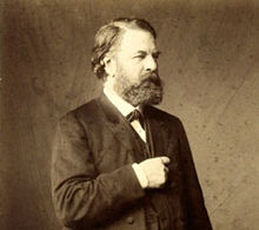 Dr. Johann Georg Mezger Dr. Johann Georg Mezger In 1856, Johann became an apprentice at the Gymnastics institute in the Western Market of Amsterdam. During his studies, he received permission to test French friction methods with ankle sprains. A 1870 German newspaper reported on the successful healing through his hands of an elderly woman in Bonn. When the young future King Gustav V of Sweden became disabled after falling on his hip, Dr. Mezger told the future king that he would give him 2 massages a day and have him walking within three weeks. After 10 days he was walking again. Dr. Mezger rubbed, squeezed, and patted the limbs of his patients with his "golden thumbs." So Why Is It Called Swedish Massage?The term "Swedish" massage is only recognized in English and Dutch speaking countries and Hungary. Sweden and the rest of Europe call it Classic Massage.
It's hard to find a massage textbook written in the last 100 years that does not attribute Swedish massage to Ling. Sometime during the second half of the 19th century the term Swedish Movement System was transposed to Swedish Massage System. It's possible that when researching Ling's techniques in later years, researchers noticed similarities between descriptions of Ling's techniques and terms already defined by Dr. Mezger. This may be how Per Henrik Ling became incorrectly associated with Swedish massage. Ling deserves a great deal of credit for the methods and techniques he developed and promoted, however, Swedish massage is not one of them.  Root causes of sciatic pain Root causes of sciatic pain
The sciatic nerve is comprised of five sets of paired nerve roots in the lumbar spine. The sciatic nerve runs from the lower back, through the gluteal and hips muscles, down each leg and into the foot. The sciatic nerve is the largest single nerve in the body. Piriformis Syndrome (False Sciatica) is often confused with True Sciatica. When the sciatic nerve is irritated by the piriformis muscle, it can cause pain that is very similar to True Sciatica.
Since symptoms of True Sciatica are almost identical to Piriformis Syndrome, there are two chair tests that help distinguish between the two:
1. While sitting on a chair, straighten your leg parallel to the floor on the side you are experiencing pain. If the pain increases, it is the symptom of true sciatica. 2. Sit straight on a chair and pull your knee to the same shoulder and then to another one. If the pain gets worse, you have Piriformis Syndrome.
Because many conditions can compress the sciatic nerve and cause sciatic pain, it's important to see your doctor, as the treatments are different depending on where and why the nerve is being compressed.
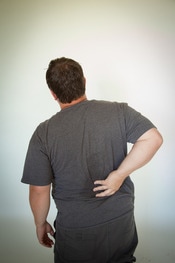
When To Seek Immediate Medical Attention:
What You Can Do To Relieve The Pain
Read More
Sciatic Pain and Piriformis Syndrome
Piriformis Syndrome, also known as false or pseudo-sciatica, can cause pain, weakness, tingling and numbness in the low back, hips, and down the leg. Piriformis Syndrome is caused by tightness and "knots" in the piriformis muscle compressing the sciatic nerve. The symptoms are very similar to true sciatica (nerve is compressed in the lumbar region of the spine.)
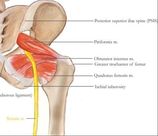
The sciatic nerve generally runs underneath the piriformis muscle, but for some people it can run through the middle of the piriformis muscle. Tension or contraction of this muscle can cause compression of the sciatic nerve, resulting in piriformis syndrome.
Since symptoms of True Sciatica are almost identical to Piriformis Syndrome, there are two chair tests that help distinguish between the two:
1. While sitting on a chair, straighten your leg parallel to the floor on the side you are experiencing pain. If the pain increases, it is the symptom of true sciatica.
2. Sit straight on a chair and pull your knee to the same shoulder and then to another one. If the pain gets worse, you have Piriformis Syndrome.
If you've determined that you have Piriformis Syndrome, use these tips to help relieve the pain!
|
Heather McNay
I've been a Licensed Massage Therapist since 2006. In my free time I enjoy hiking with my husband and dog. I also have a passion for cooking, baking and gardening. Archives
August 2022
Categories |
Proudly powered by Weebly
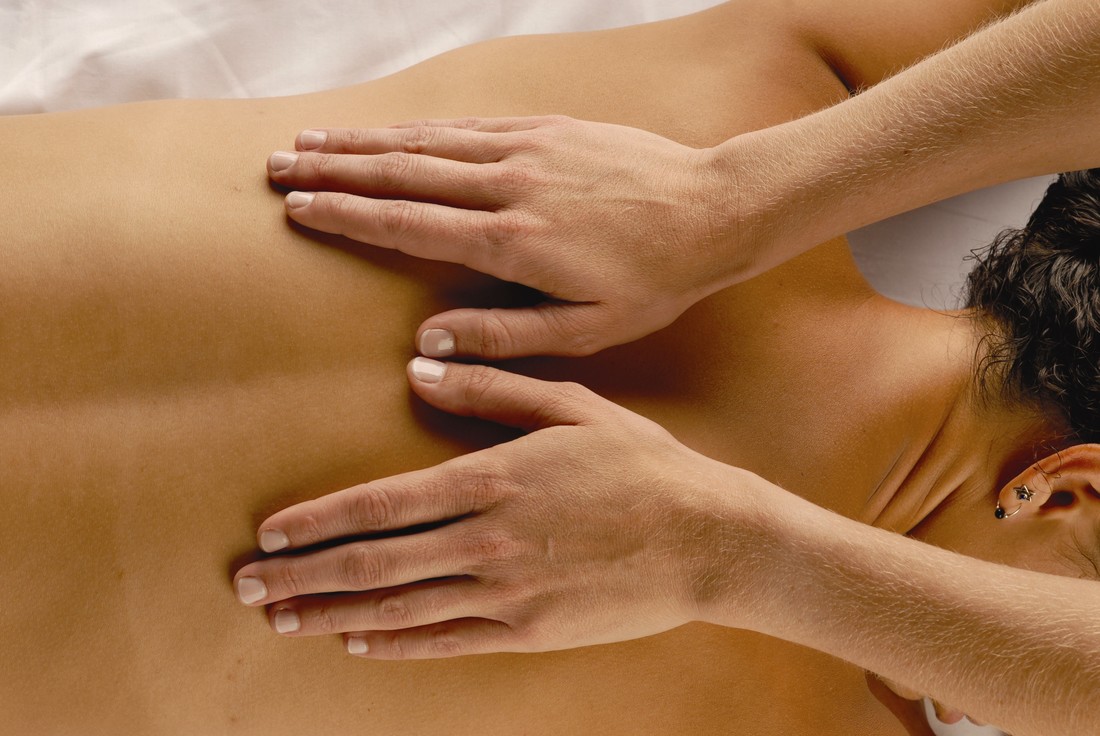
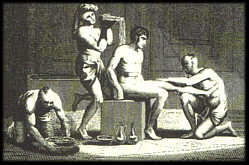
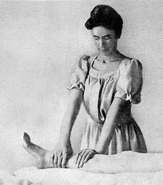

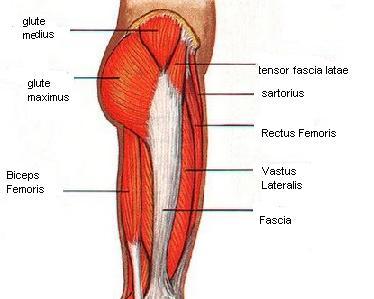
 RSS Feed
RSS Feed